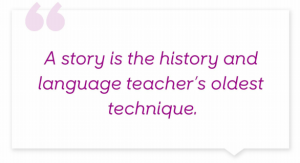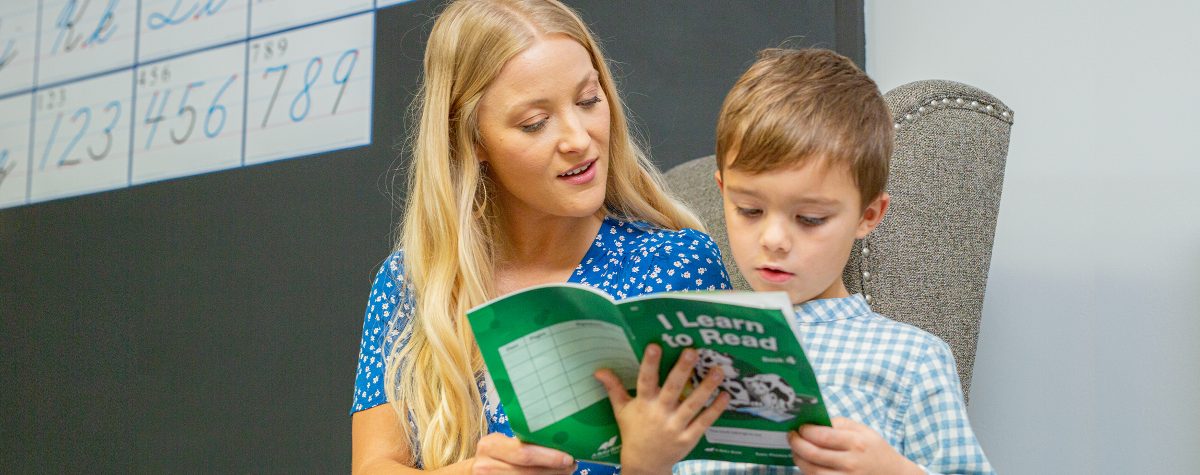Do you ever have the feeling you just aren’t getting through to your students? Instead of scolding them or adding more homework, have them close their books and then speak to their hearts through a story.
Stories can be powerful teachers of moral character and virtue.
Stories have the power to teach by example. They connect to personal experience on an emotional level. They inspire us. They move us to persuasion and even action.
Here are a few impactful examples: Do you want to teach what honesty means? Tell them about the time that Abe Lincoln walked three miles to return six cents.
Do you want to teach what friendship means? Read them Charlotte’s Web. Or retell Aesop’s fable The Lion and the Mouse.
What about courage? Tell how David faced a giant in the strength of the Lord and about how Daniel faced hungry lions. God told us those stories for a reason!
Stories can be powerful communicators of information.
Stories can help kids absorb and remember complicated information more easily. In fact, a story is the history and language teacher’s oldest technique.

History is full of all the elements that make great stories—drama and fascinating characters. Weaving stories into your lesson can make it conversational and bring the facts and people to life. You can even work a narrative into your review. Try a few of these activities with your students:
Seat two students on either side of you in front of the class. Begin a narrative: “President Jefferson sent Lewis and Clark on a journey to investigate his recent land purchase. I am having trouble remembering the name of it.” Turn to one student and ask, “Do you have a better memory than I do? What was that name?” Continue with the review narrative, stopping at points for help with elements of the story. Then, change helpers.
Teachers of second languages have long used this storytelling technique with beginners: Improve listening and fluency by telling stories in two languages. This example uses unfamiliar Spanish words, but the context reveals its meaning:
We know Fanny Crosby best as a great escritora of himnos. She wrote more himnos than anyone in la historia—8,000, to be exact. No wonder she was called the “Reina of Gospel Song Writers.” Some of Fanny’s best-known gospel songs include “Blessed Assurance,” “To Dios Be the Gloria,” and “Tell Me the Historia of Jesús.”
Fanny was also a rescue mission worker and a poeta. She had cuatro libros of poetry published. All of this was accomplished despite her being ciega all of her vida and receiving no encouragement from her maestros. The next time you open a himnario, look for her nombre.
Some Quick Tips
The best stories can be told in simple language. The best stories have openings and closings that stay in the mind. The best storytellers do not go off on tangents. The best stories evoke emotion and imagination.
E.M. Forrester gave this example of storytelling: “The king died. The queen died.” This, Forrester said, is information.
But this is the story: “The king died, and then the queen died of grief.” Those few additional words add emotion and stir the imagination—those are the necessary ingredients of a story.




Comments for The Role of Storytelling in Teaching
Add A Comment
Your email address will not be published. Required fields are marked *